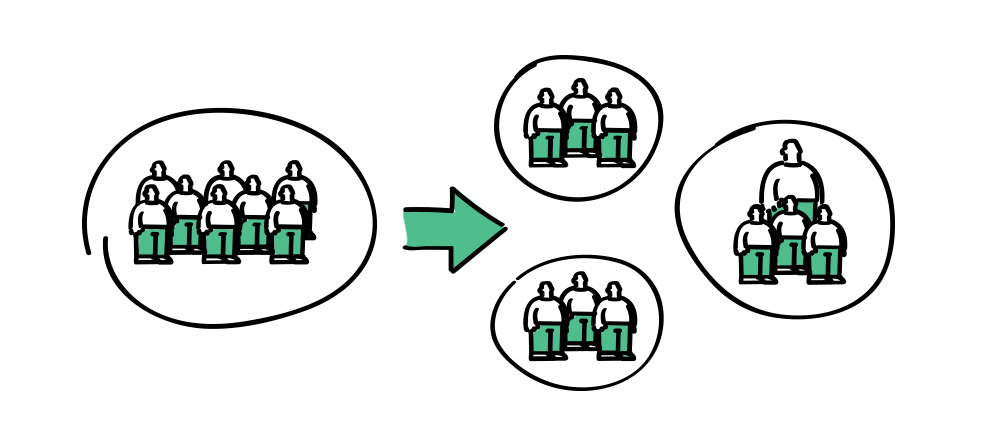Today we’ll talk about the postback mechanism in the affiliate advertising business. This information will be useful to both beginners, as a practical guide and to experienced affiliate marketers as a refresher.
Postback in general
Let’s start with the definition of the postback mechanism in general.
First of all, you should know that while tracking is probably the most crucial technical aspect of affiliate marketing, it’s actually quite a simple process and regardless of the affiliate network, traffic source or tracking software, it all happens in a fairly similar way.
A postback URL (a.k.a. cookie-less tracking, S2S (server-to-server) conversion tracking or postback URL conversion) is a tracking mechanism used for gathering metric data for performance marketing analysis. It’s structured within URLs that are set up when creating marketing campaigns for any metric you wish to track – sales, conversions, leads, etc… You can place specific parameters within that so that each time a particular event is triggered, it sends that information back to your tracking tool (Zeustrack in our case). This gives the data you’ll need to measure the effectiveness of your campaign efforts.
In affiliate marketing there are two kinds of postbacks and while the mechanism is the same, the goals differ.
Affiliate network postback

The first type is called the “affiliate network postback” and it’s used by affiliate networks to notify you about some action that has happened on the offer page side. So, a postback URL is a way to track conversions. Generally it’s used by affiliate networks to communicate with Zeustrack and “tell” it that the conversion occurred. Basically, after a conversion (a purchase or a signup or any desired action) happens, the affiliate network server “clicks on” the postback URL and communicates to Zeustrack that a conversion was made. Along with the conversion notification it can also send the commission value (which is usually called payout).
Traffic source postback

The second type is called the “traffic source postback” and it’s used by Zeustrack to notify the traffic source about some action that took place. In Zeustrack, a postback URL request is sent to the traffic source when a conversion has been successfully registered within the relative Zeustrack campaign. Imagine Zeustrack as a hub between the affiliate network and the traffic source, every time the affiliate network notifies Zeustrack about conversion, Zeustrack can then notify the traffic source that a particular ad campaign converted.
So, to wrap it up – a postback is just a URL that directs the data back. You can add parameters to the postback URL that look something like this “&subid2={visit.id}” and the “{visit.id}” is a unique identifier as to when the click occurred that resulted in the conversion. You can layer them on fairly deep to even more info if necessary. The parameters can be used to convey various bits of info, depending on what data you want to take a look at.
Here are some instructions on how to use postbacks in Zeustrack:
Affiliate network postback setup
In a couple of weeks we’ll be rolling out a huge postback update in Zeustrack, so stay tuned for our future message on that update. Until then, keep on tracking!



